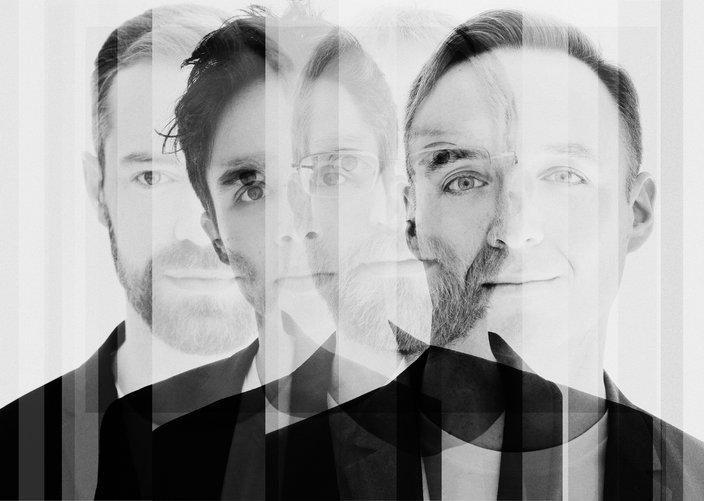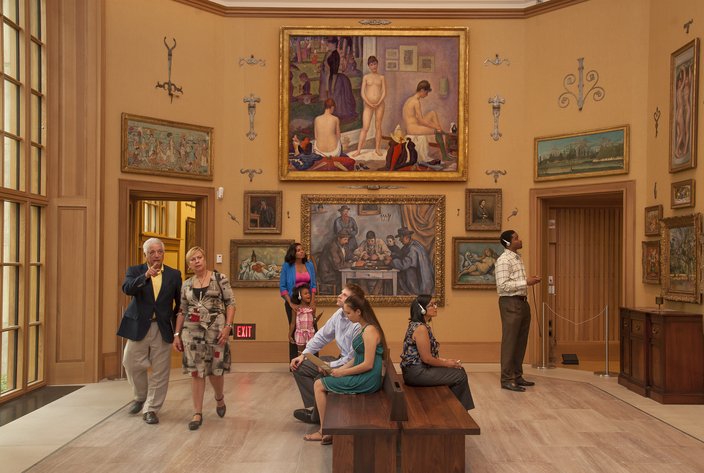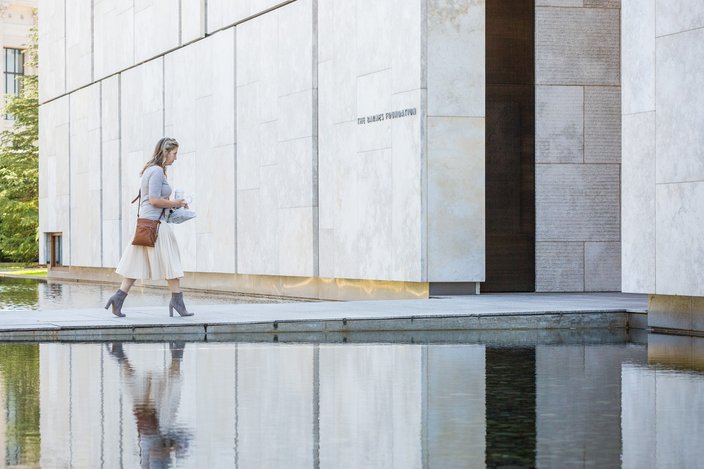
October 06, 2017
This October, the Barnes Foundation, home to one of the world’s finest collections of impressionist, post-impressionist and early modern paintings, is celebrating five years since its move from Merion to the Benjamin Franklin Parkway.
When the move was first announced years ago, it initially caused controversy in the art world.
"People love this collection. Those who know it feel very attached to it and very possessive of it and I think a lot of the [initial response to hearing the collection would be moving] was a function of their love and a reverence for Dr. Barnes' legacy and the institution's history," said Thom Collins, who became president and executive director of the Barnes Foundation in 2015.
Dr. Albert C. Barnes, a self-made millionaire and art collector, opened the Barnes Foundation in 1925. In the 22-room suburban mansion, his collection was displayed in a unique way, unlike any standard museum practice.
Works were presented in symmetrical wall arrangements called "ensembles," combining masterpieces by artists such as Cézanne, Renoir, Matisse, Picasso and Van Gogh with ancient, medieval, Renaissance and non-Western art, as well as metalwork, furniture and decorative art.
He made clear that his institution was not an ordinary museum. It was intended to promote art education.
He stipulated that, after he died, the collection should remain exactly as it was – nothing should be lent, sold or even moved on the walls.
Inside the Barnes Foundation in Philadelphia.
"In the two-and-a-half years I have been here, not a single person has said a critical thing to me about the move and I think that's really a testament to the success of the project overall. I think people came to see that this was really about growing and extending Dr. Barnes' legacy in a meaningful way and it was about growing the impact of the progressive art education program that he held so dear," said Collins.
"We've had almost a million and a half visitors since we opened here and it would have taken us something like 35 years to do that in Merion," he continued.
In the past five years, the Barnes has vastly expanded its roster of programs and its cultural partnerships in a commitment to arts education and social service.
In 2012, the Barnes moved to its current home in Philadelphia, a state-of-the-art building designed by Tod Williams Billie Tsien Architects.
Also, in the museum, an "Art Team" of eight individuals with graduate degrees in art histories are now positioned in the galleries to answer questions, give pop-up talks and lead tours.
"I would argue that Dr. Barnes had two core commitments. One was to progressive education about and through the visual arts. The other one, that we're really spending a lot of time thinking about, is his commitment to diversity, inclusion and social justice," said Collins.
"He was in some ways ahead of his time, in a period that predates the civil rights movement, in his support for African-American causes, African-American educational institutions, African-American arts and so forth, and we're really trying as best we can in a variety of ways to make sure that our audience, our staff and our programs look like the demographics of Philadelphia," he said.
Working towards that goal, the Barnes has worked on partnerships with Indego bike share, various schools, the public library and the health and wellness nonprofit Puentes de Salud.
According to the Barnes, the number of people who have attended Free First Sundays, which are presented by PECO, is more than 85,000.
To celebrate the last five years, the museum is hosting various special events in October.
An image of the JACK Quartet.
The concert program will mix cultures, instrumentations and ensemble sizes to explore connection in sound.
Another upcoming event is College Night at the Barnes, where students can explore the galleries.
"We weren't exactly at zero, but in the last five years we have ramped things up in pretty much every part of our operation, I think in ways that make our service to Philadelphia and the region not only more robust, but more meaningful," said Collins.
The Barnes Foundation is located at 2025 Benjamin Franklin Pkwy. It is open Wednesdays through Mondays from 10 a.m. to 5 p.m. General admission is $25.
 R. Kennedy/Visit Philadelphia™
R. Kennedy/Visit Philadelphia™ Thom Carroll/PhillyVoice
Thom Carroll/PhillyVoice